Problems
Since the safety issues on the TTC have been well-documented in the media, and Toronto's financial woes no less so, they need no mention here. However, with seemingly countless less-talked-about factors contributing to our road woes, traffic congestion is worth highlighting since in Canada it is endemic to Toronto and ranks among the world's worst. Its effects on the people who live and work here are harmful, affecting both our mental and physical health, while its root causes are the result of many solvable problems.
Here are a number of them:
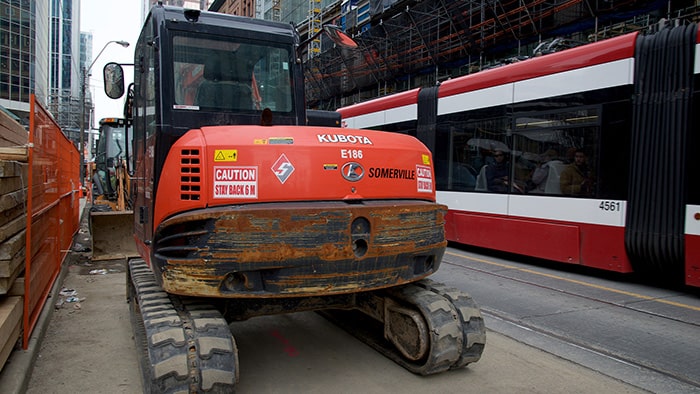

1
ORANGE is the new RED
(a.k.a. construction)If you’re like Mark, you are more than a little angry seeing what appears to be an almost endless stream of orange construction signs around Toronto. If it’s not road closures or lane restrictions due to new property developments, then it’s infrastructure improvements. That’s all fine and dandy, but there must be a better way to improve the City. And Mark believes there is. Though this is more appropriate on the Promise page, the problem is so prevalent that we feel it is worth mentioning here that Mark is committed to a big-picture, coordinated approach to construction and its timing to minimize compound lane restrictions and road closures on geo-related corridors so that construction projects are not executed seemingly "all at once."
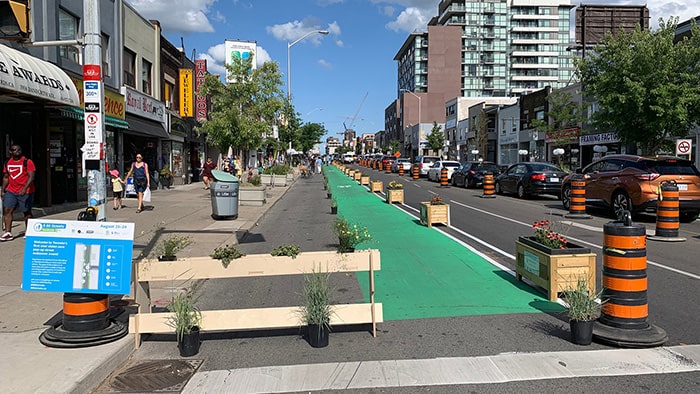

2
BIKE LANES and our CARBON FOOTPRINT
(a.k.a. not-so-green gases)On the major downtown corridors, those apparently “green” bike lanes are anything but green as the loss of road lanes invariably cause significantly more idling from stopped cars, emitting approximately 5 pounds of greenhouse gases for every litre of fuel burned. It is estimated vehicles in Toronto idle, stopped in traffic, on average 18 minutes per day.
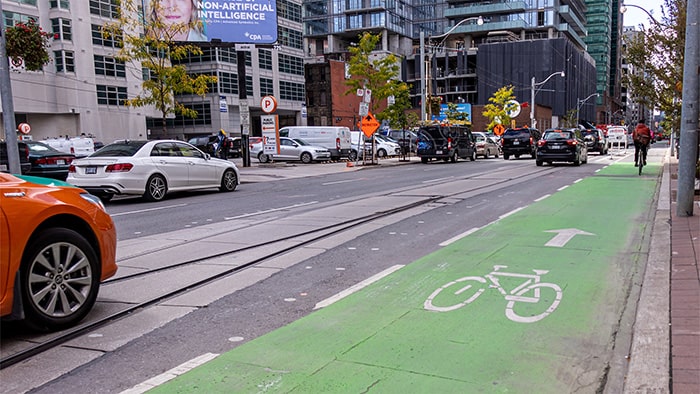

3
BIKE LANES
(a.k.a. safety)If you have friends or family members who cycle around the City, you probably know at least one person who has been injured while riding in a bike lane. Mark’s experience with this is much the same and extends to three friends, their accidents occurring while travelling westbound on Danforth Avenue, eastbound on Adelaide Street West at University, and westbound on Richmond Street East at George Street. In each instance his friends collided with vehicles that failed to check their blind-spots before making right turns at the intersections.
It is estimated during peak usage times between May and September, approximately 12 to 14 cyclists a day while using bike lanes are involved in collisions with vehicles. The majority of those incidents are minor and go unreported.
How can this be? Aren’t bike lanes “bullet proof” and safe? The reality is the majority of bike lanes—as they are now—are unsafe.
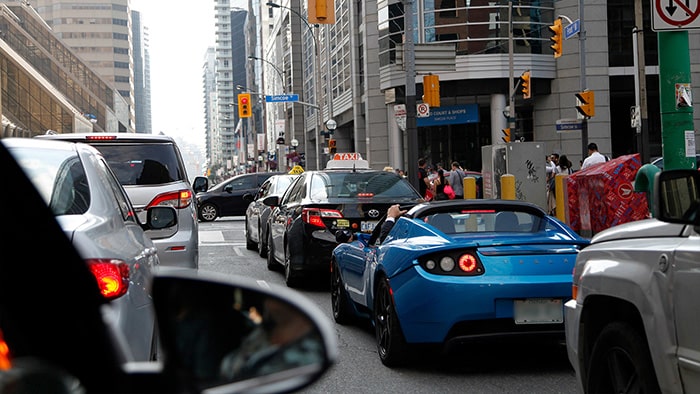

4
The DRIVER
(a.k.a. bad driver)Unfortunately we can’t all possess Mario Andretti’s skill and confidence behind the wheel. If we could, the roads in Toronto would be much safer. As it is, there are just too many bad drivers on the road, those road renegades who violate every imaginable common-sense, good-driver behavior behind the wheel, like tailgating, failing to signal OR check their blind-spots when changing lanes, etc. But this is Toronto, after all, a city paralyzed by traffic, so is every single bad driver really bad? Mark doesn’t think so. He feels strongly that the root problem behind some of them who exemplify bad road behavior comes down to one thing: Overwhelming frustration due to traffic congestion.
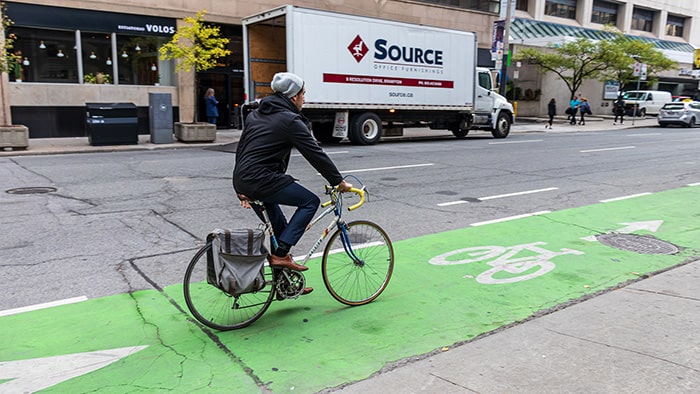

5
The CYCLIST
(a.k.a. bad cyclist)Let’s face it, like the driver, not all cyclists are created equal, some of them just plain bad and just as culpable when it comes to bad road behavior. While some drivers’ bad road behavior stems from frustration, some cyclists’ bad road behavior stems from a feeling, while riding in and around bike lanes, a false sense of immunity and invincibility.
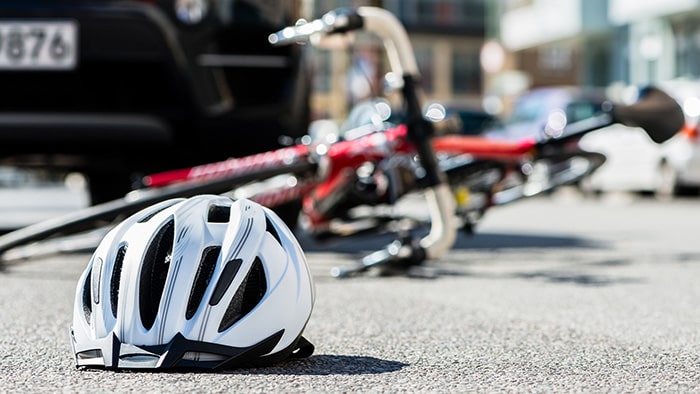

6
BIKE LANES and the DRIVER and the CYCLIST
(a.k.a. the perfect storm)There is not much explanation required here. Some bike lanes on certain streets are the perfect storm when it comes to collisions between vehicles and cyclists.
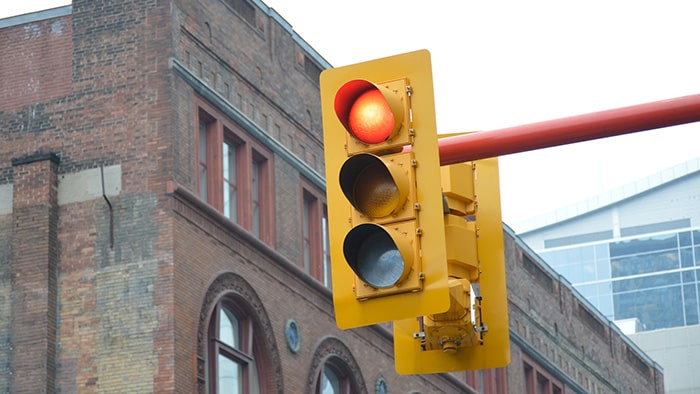

7
WINNING THE LOTTERY
(a.k.a. unnecessary traffic lights)Have you won the lottery lately? Now we’re not talking Lotto 649 here. We’re talking driving in downtown Toronto without an interruption in traffic flow through two consecutive green-lit intersections. If you’re like most of us, not having to brake in Toronto traffic for an extended length of time does feel a bit like winning the lottery. (It’s been said that making it unimpeded through three consecutive green lights on Toronto roads happens about as often as Halley’s Comet passing overhead and if you ever have such good luck, you probably should play the lottery.)
The bottom line is, Toronto has a lot of un-necessary traffic control signals—the fancy term the City has adopted for traffic lights. If you’d like to see an example of this and what Mark plans to do about it, take a look below.
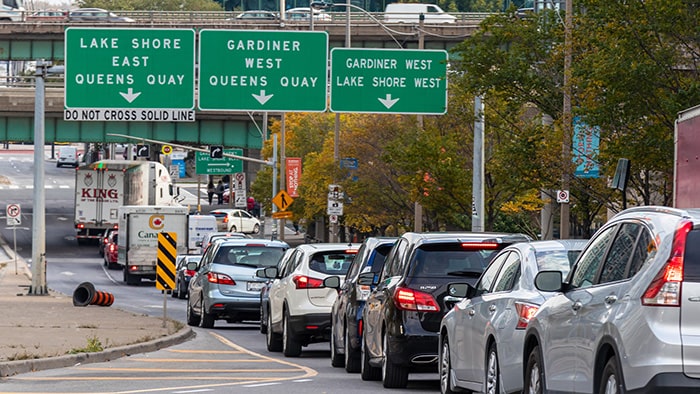

8
THE PRICE isn’t RIGHT
(a.k.a. increased spending)We are all for supporting our local mechanic. After all, he’s probably a very nice guy. But it is estimated, as a direct result of Toronto traffic congestion, vehicle repair costs (all that stopping-and-going) and fuel costs (idling), increase for the average driver by about $1,100 per year.
NOTE: For the average Toronto driver, 21% of their annual fuel cost and 38% of their travel time is consumed by traffic congestion.
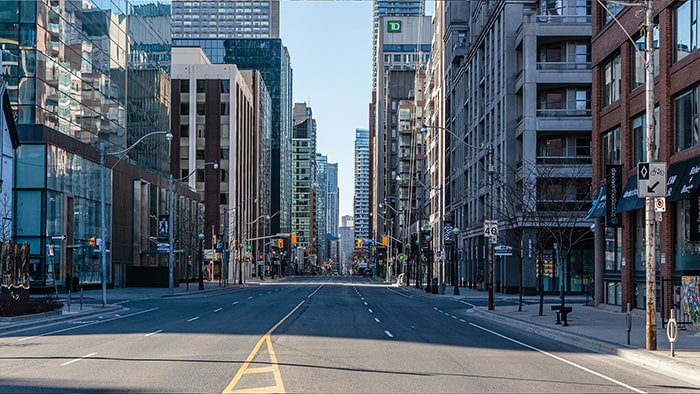

9
THE KID in the CANDY STORE
(a.k.a. speeding)Everyone knows what it was like when they were a kid walking into a candy store. It didn’t happen every day, but when you were lucky enough to walk into one, the feeling was nothing short of unbridled joy. Well, for drivers in Toronto the feeling is much the same, only for them it occurs when they get onto an open road—it’s rare to find one in Toronto but when you do, the feeling is pure rapture so the natural instinct is to accelerate, and yes, that means speed.
The most common open roads in Toronto are narrower residential streets. Naturally this is a serious safety concern. How do you combat this? The City believes you need to lower speed limits, which they have done. (The way things are trending, pretty soon we may as well be pushing our cars up or down those residential streets!)
Mark feels strongly that when Toronto gets moving and open roads become more commonplace, we won’t all be feeling like kids in the candy store any longer and the streets will be safer.
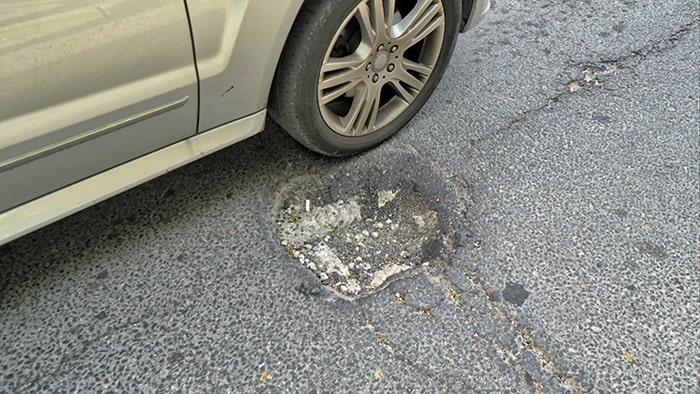

10
POTHOLES a PLENTY
(a.k.a. the shooting gallery)Mark remembers those days back in the 1970’s and 1980’s when—thanks to the province of Ontario—potholes were literally hunted down like prey and rendered almost extinct. When the province downloaded this pothole-repair responsibility to Toronto in the 1990’s things changed. Today, driving safely around Toronto takes skill, strategy and a whole heap of courage as roads feel more like shooting galleries with drivers the prey.

Follow The Movement
Follow the movement to Get Toronto Moving and sign-up here for news and updates. (Mark promises to keep emails short and somewhat sweet.)
First Name
placeholder
